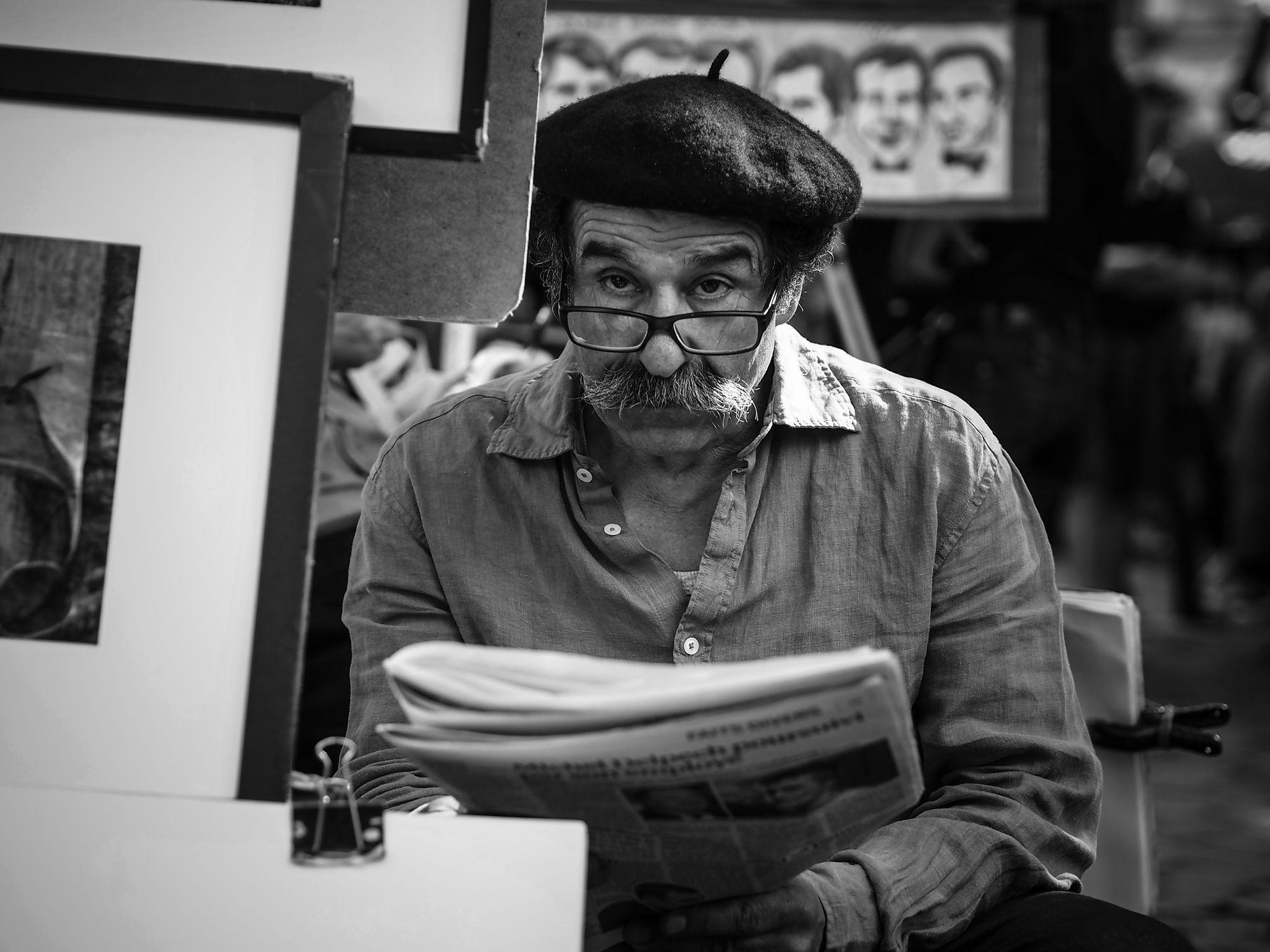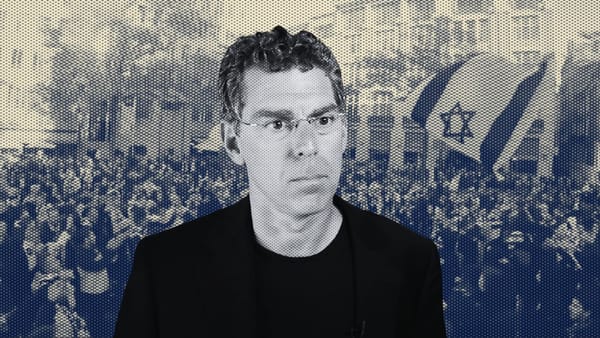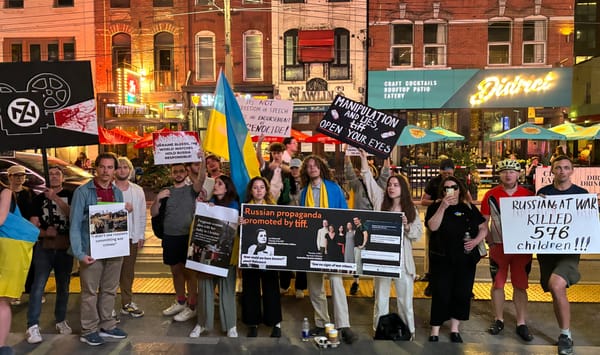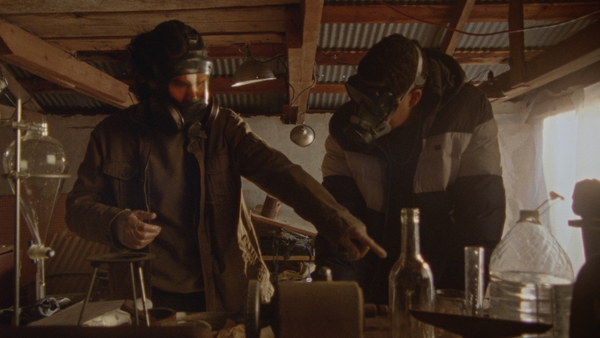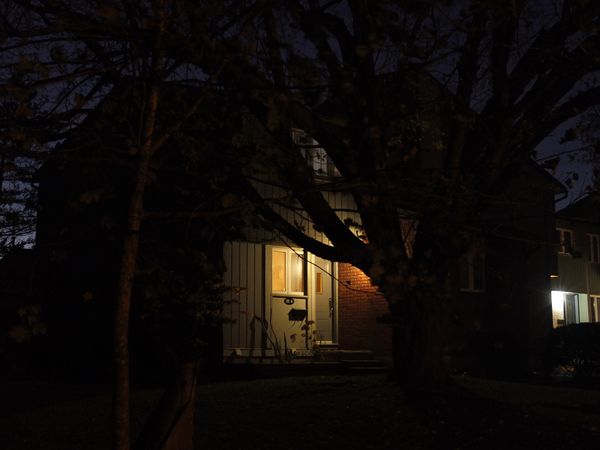I have never thought about what I would look like as a superhero or a spaceman or, I dunno, a lion. As such, I’ve never had the desire to submit photos of myself to an AI generator to spit out stunning images of my likeness in technicolour. And I don’t begrudge the folks who have done this — they all look really, really good.
But I can’t see these programs as anything other than buttering us up to accept AI-generated content. At best, it shows us just how amazing computer-generated art can be. At worst, though, we’re giving up our likenesses so that the machine can learn to design a more perfect human face.
The implications of AI on arts and culture can’t be understated. As the machine steals existing works of art and literature, it then spits out even more incredible reproductions. AI is even adding fake signatures to works of art as it simulates the artist that it’s intending to destroy.
AI poses an existential threat to the artist. If AI can learn how to paint, write, create or design from our works, it will always be steps ahead of the artists. And if society continues to consume art that is easily made by AI, a business case under capitalism for being an artist becomes impossible.
Already, AI is taking over human tasks, and sometimes, even better than the human had done it. Take a walk through a store like Homesense to see what kind of art is considered to be commercially viable, and you’ll find a collection of things that AI has either already created or could easily replicate. Bosses within the journalism industry are already looking to replace journalists with AI, like this project at the Toronto Star that uses technology to turn data points, such as police press releases, into articles.
What’s worse: AI is already influencing people’s tastes. In an Wired feature on the future of AI, Kevin Kelly argues: “So unexpected are these new AI-generated images, in fact, that—in the silent awe immediately following the wow—another thought occurs to just about everyone who has encountered them: Human-made art must now be over. Who can compete with the speed, cheapness, scale, and, yes, wild creativity of these machines? Is art yet another human pursuit we must yield to robots? And the next obvious question: If computers can be creative, what else can they do that we were told they could not?”
Kelly doesn’t think that AI is something artists should fear. He argues that AI helps to fill in artistic gaps, teaches us deeper things about ourselves (through incredible illustrations that lay people can now create) and gives average people the tools to create lower forms of art — workshop presentations, report covers, fanfic movie posters, etc. Higher forms of art need the human touch, he says, and therefore there will always be a need for an artist in society.
He’s partly correct. Who really cares if the best art isn’t what’s sold in box stores, or if the most basic journalism can be done with the help of AI, as long as the artist or the writer has other places to work? But there’s a broader context that needs to be considered: AI-generated art can’t be considered in a vacuum. On its own, it’s both theft (stealing images to create new images) but also more or less harmless fun, bringing art to the masses who have previously not had access to these tools. But when considered in the context of capitalism, we can see the future of the artist is in deep trouble.
Art costs money. Creativity takes time. The combination of time and money is in short supply within capitalist democracy. If the artist needs to depend on sales to survive, then AI certainly poses an existential threat: Why would anyone pay an artist when they can pay for a computer program to make something that they might even prefer at a fraction of the cost? Why would anyone buy a romance novel when millions of pages of romance novels can create bizarre and intriguing new AI fiction? It crowds out an already desperate market and will certainly make life even harder than it is for artists.
According to a 2019 study, artists comprise a tiny percentage of Canada’s population: just more than 158,000 people, or less than 1 per cent of the workforce in the country. A typical artist’s income is a paltry $24,300, 44 per cent lower than the median in Canada. As someone who has written three books and only made $11,000 from them, I know this struggle well — I work other jobs to be able to write. AI will bulldoze the work lives of Canadian artists. The only way to resist it is anti-capitalism.
Capitalism is very bad for art. It rewards the most basic and boring kinds of art while making daring, creative and cutting-edge art very difficult to produce (let alone monetize).
If an artist can’t eat, they can’t create. If Canada wants to protect its artists, policymakers need to pour money into art. The most basic option is to provide artists with a salary and free insurance benefits. There could also be rent relief for apartments and studios and free access to travel. But then, the art also needs to go somewhere. New funding for galleries, public art displays, programs that connect artists with communities in every corner of Canada, programs that help artists diffuse their art, whether online or in real life — the possibilities of how to properly support the arts are endless.
The problem is that politicians don’t actually care about art. English Canada’s hand-me-down American culture is all that’s needed to satisfy us, and so there’s no political or economic imperative to foster Canadian art. Publishers routinely respond to new projects with ‘this is amazing and necessary, but sadly it will not sell’ — an argument that any creative in any field has bumped up against at some point in their artistic career.
But AI is going to make things far worse. And either politicians develop a plan that insulates artists from capitalism’s ravages, or they don’t. And if they don’t, my god, buckle up because all of us who create professionally are extremely fucked.


